Despite its small size, this Kussharo Ainu Museum located just beside the Kussharo Lake and Kotan Onsen showcases not only the history and culture of the Kussharo Ainu, but offers an insight on the challenges they face within the Japanese society.
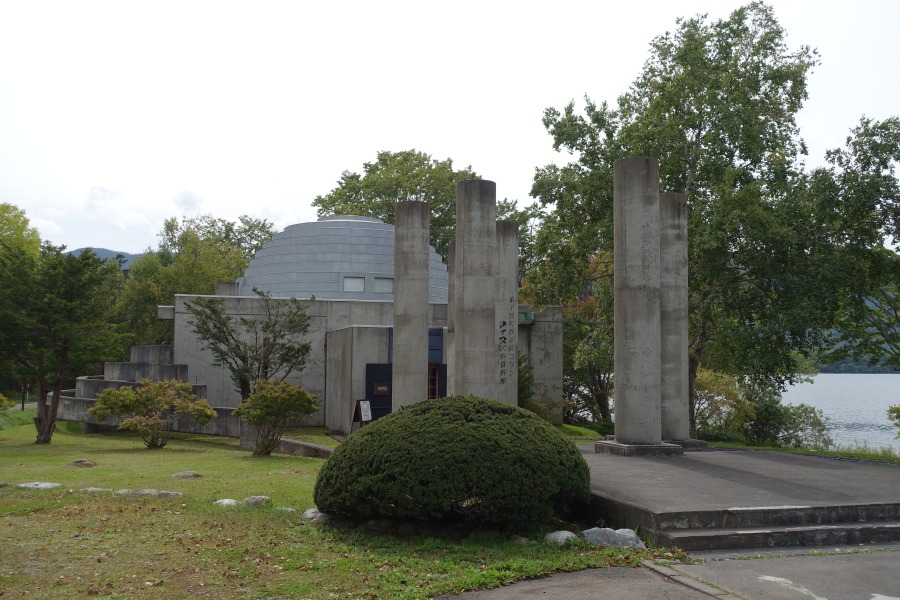
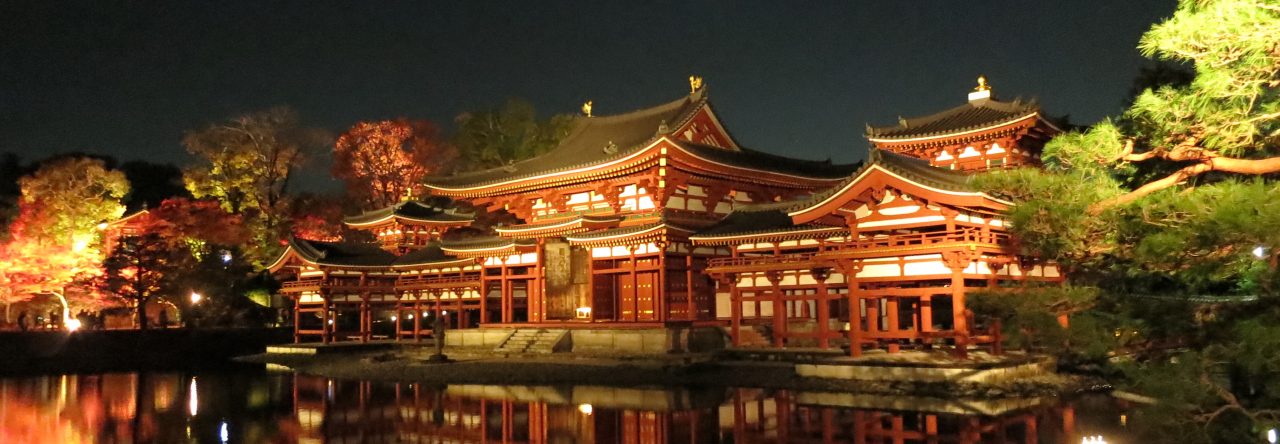

Despite its small size, this Kussharo Ainu Museum located just beside the Kussharo Lake and Kotan Onsen showcases not only the history and culture of the Kussharo Ainu, but offers an insight on the challenges they face within the Japanese society.
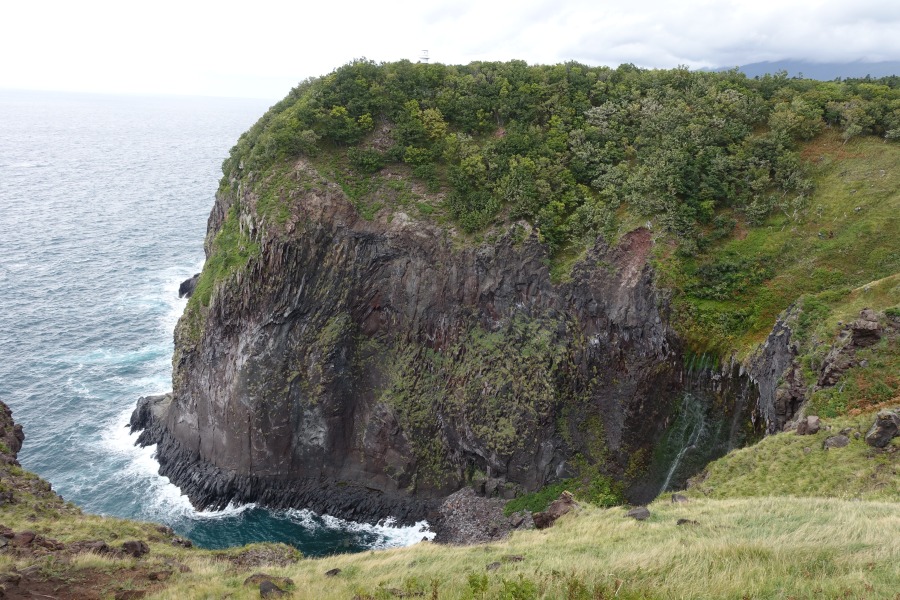
One of the famous sights to see when you are in Shiretoko is the Furepe waterfall, a rare waterfall with no flowing river. The scenery around here which overlooks the Sea of Okhotsk is spectacular and is accessible via a short walking trail, or can be seen from sightseeing boats.
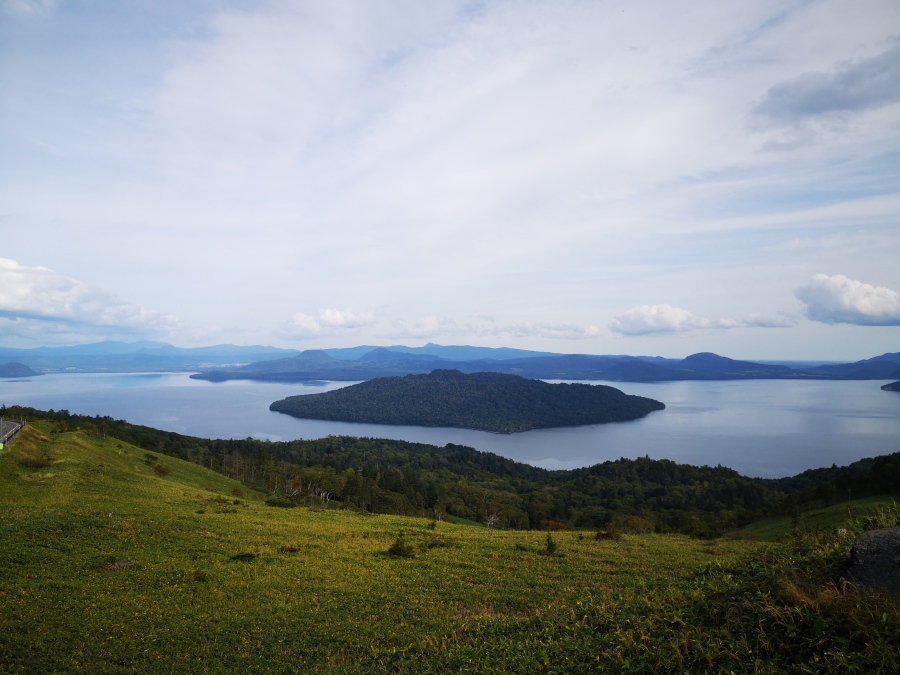
I stopped by the observatory / road station at Bihoro Pass, known for its panoramic view of Lake Kussharo. Lucked with clear weather, the view from the observatory also extends to Iozan, the Wakoto Peninsula and the Shiretoko Mountain Range.
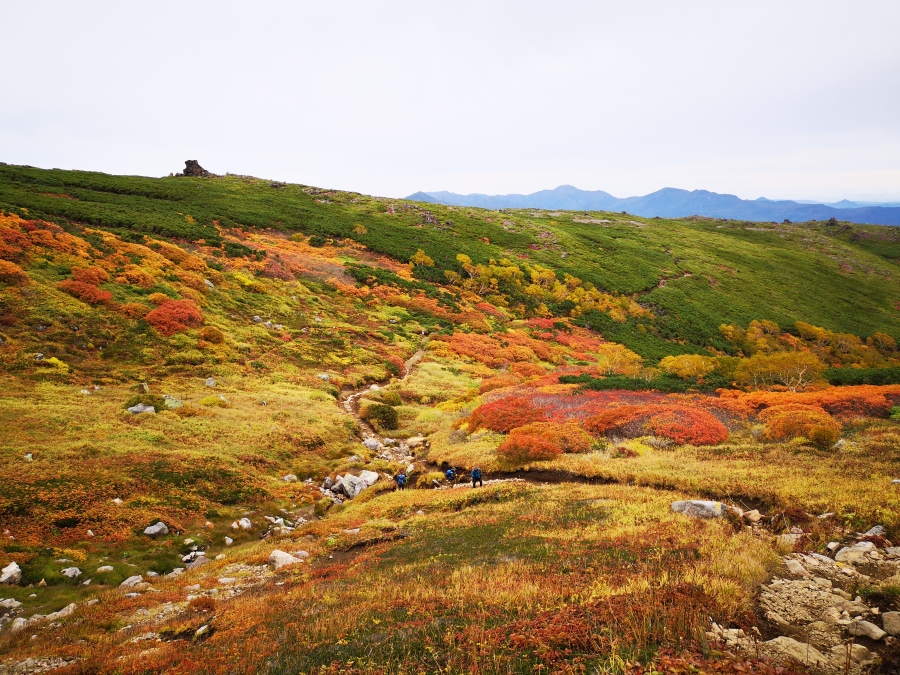
Final part of my Daisetsuzan hike - managed to reach the summit of Akadake (2,078m) on the 3rd day albeit taking a longer time than most people. The fall colors here in Ginsendai and on the trail towards Akadake were probably the brightest among the three hikes.
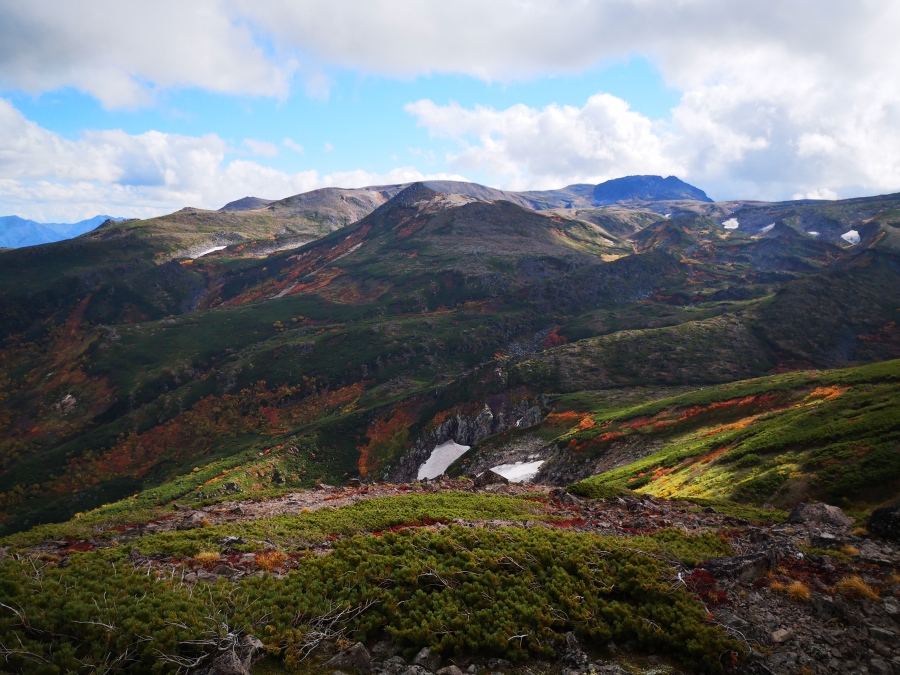
Daisetsuzan enjoys autumn the earliest in Japan and through my hike to Kurodake, I was able to witness the nation's first autumn foliage in mid September. The hike to Kurodake is easily accessible thanks to the Kurodake ropeway and chairlift that takes you to the 7th station at 1,520m.
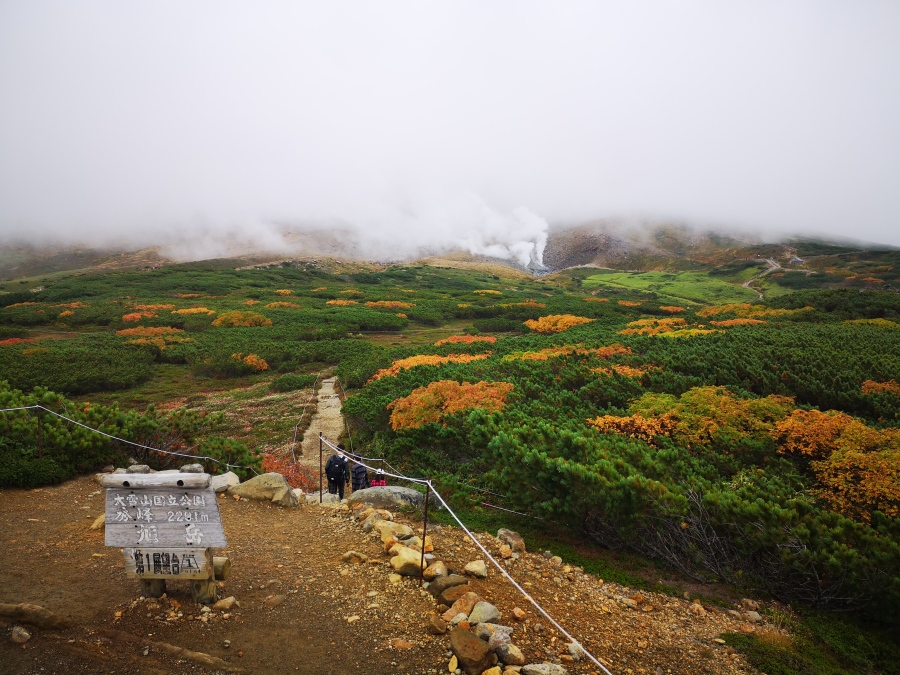
Hiking Asahidake, one of the peaks in Daisetsuzan, known as Kamui Mintara in the indigenous Ainu people language which translates into a garden where the Gods play. At 2,290m, Asahidake is the tallest mountain in Hokkaido and is one of the earliest places to see autumn in Japan.